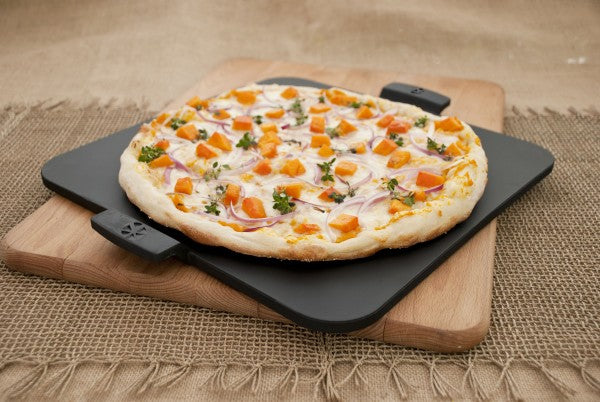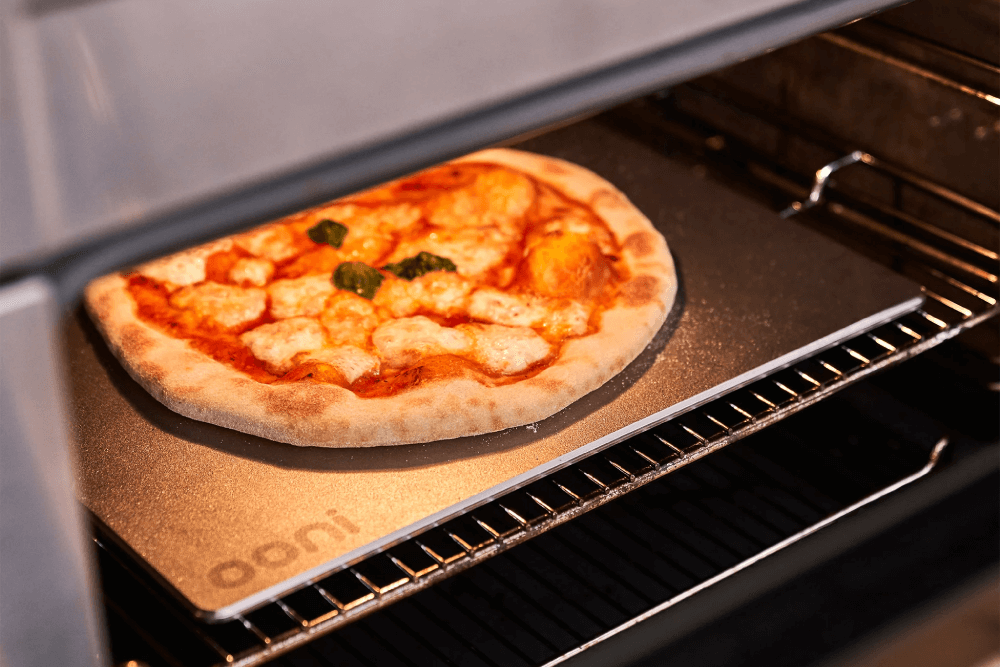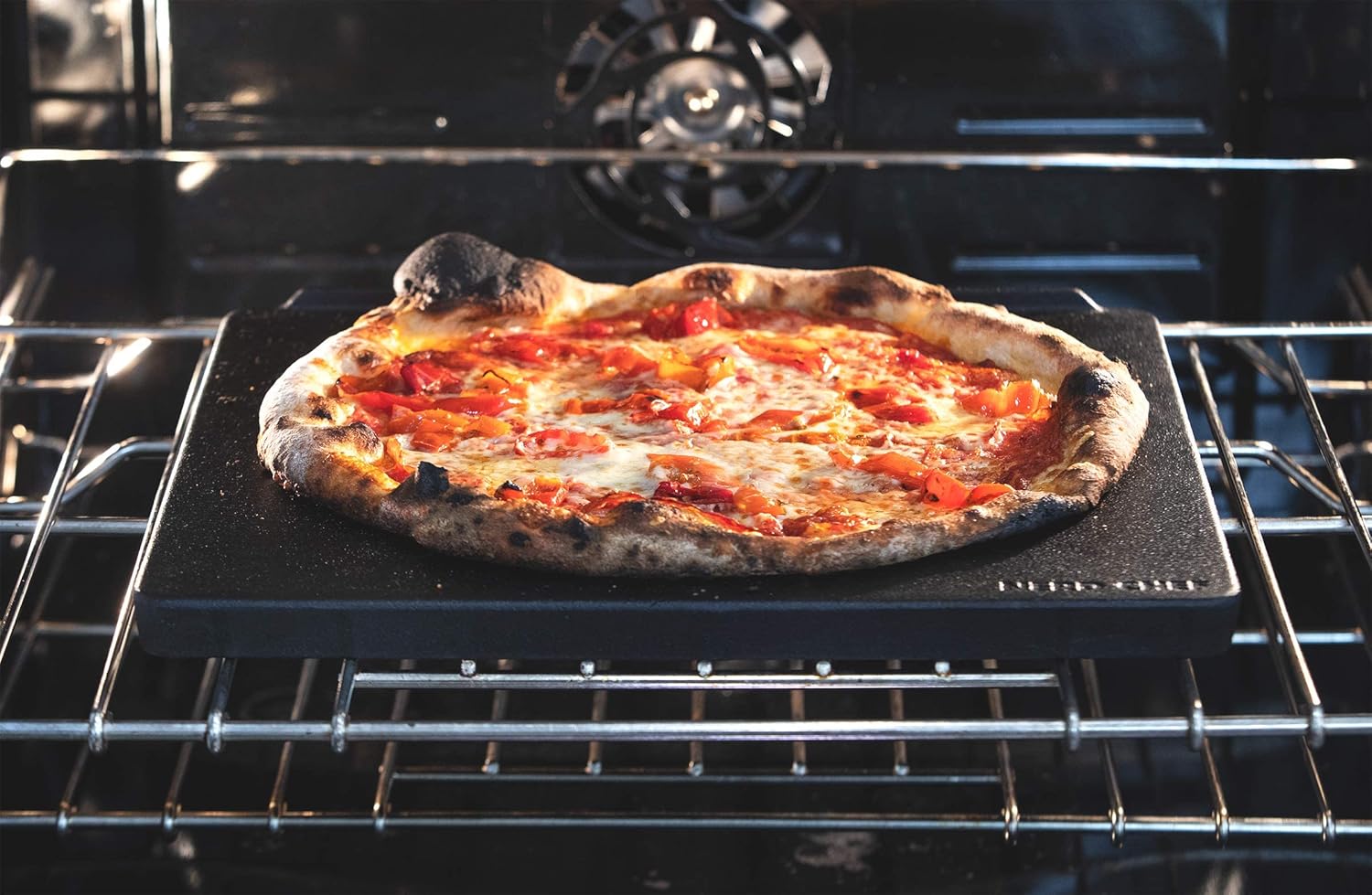Scoring your bread before baking might seem like a small detail, but for kitchen professionals, it's a transformative step that can significantly enhance the texture and appearance of the final product. If you're eager to improve your technique with a baking stone, you've come to the right place. In this article, we'll delve into the nuances of scoring bread on a baking stone, making your loaves look just as good as they taste.

Why Scoring is Essential
Scoring is the process of making deliberate incisions on the surface of bread dough just before baking. This step is crucial for controlling how your bread expands during baking. By creating intentional slashes, you prevent the bread from cracking uncontrollably and allow the dough to expand gracefully. Plus, scoring gives your bread a professional appearance that is sure to impress your customers or dinner guests.
What is a Baking Stone?
A baking stone, often referred to as a pizza stone, is a flat stone slab used in baking to evenly distribute heat and create a crispy, golden crust on bread. The porous material absorbs moisture from the dough, promoting a perfect bake every time. If you want to delve deeper into the magic of baking stones, check out this detailed guide on how to use a baking stone effectively.
The Art of Bread Scoring
Perfect Tools for Scoring
To achieve professional scores on your bread, it's important to use the right tools. A sharp baker's lame or a serrated knife gives you the precision needed for clean cuts. Ensure your blade is held at a 30-degree angle to create a flap of dough that opens up beautifully while baking.
Timing and Temperature
Timing your scoring and baking correctly is vital for the best results. The dough should be firm but not hard. Scoring dough that's either too cold or too warm can result in unsatisfactory results. Preheat your baking stone to the highest possible oven temperature to allow for better spring when the bread is first placed in the oven.
For more tips on baking with stones, read this informative article on using steam with a baking stone to improve your baking process.
Common Mistakes to Avoid
Incorrect Blade Technique
One of the most common scoring errors is not cutting deep enough, resulting in splits or tears during baking. Another error is not angling the blade correctly, which can lead to aesthetics that are less than desirable. Practice makes perfect, so don't be discouraged by initial attempts.
Over-Scoring
While scoring is essential, overdoing it can be detrimental. Excessive scoring can cause the dough to deflate, preventing it from rising properly in the oven. Strike a balance between aesthetics and functionality.
Fine-tuning Your Skills
To master the art of scoring, observe skilled bakers and gain hands-on experience to refine your techniques. Attend workshops or hone your crafts by experimenting with different styles and patterns. The more you practice, the more your confidence will grow, and your bread will become an artistic masterpiece in its own right.
To continue expanding your culinary skills, browse through some expert tips on baking from this chef's resource.
FAQ Section
What is the best tool for scoring bread?
Most bakers recommend using a sharp baker's lame or serrated knife. These tools allow for precise and clean cuts with minimal resistance.
Why does my bread deflate after scoring?
If your bread deflates after scoring, it might be over-proofed or incorrectly scored. Ensure your dough is firm but not over-proofed, and avoid excessive scoring.
Can I score bread without a baking stone?
While a baking stone enhances the bake, scoring can be done regardless. However, a baking stone ensures even heat distribution, contributing to a superior crust and texture.
This article contains affiliate links. We may earn a commission at no extra cost to you.






Leave a comment
This site is protected by hCaptcha and the hCaptcha Privacy Policy and Terms of Service apply.